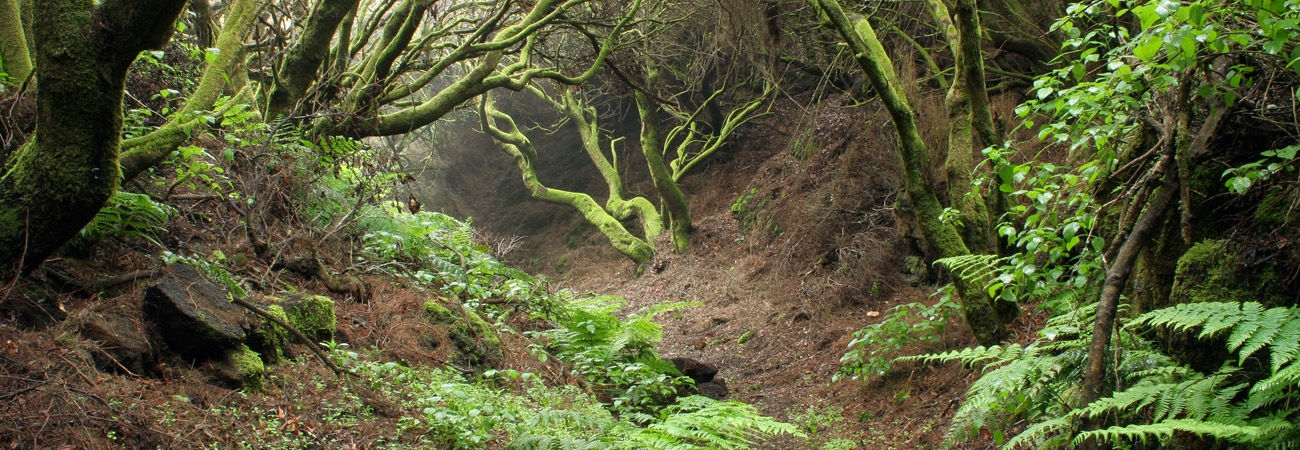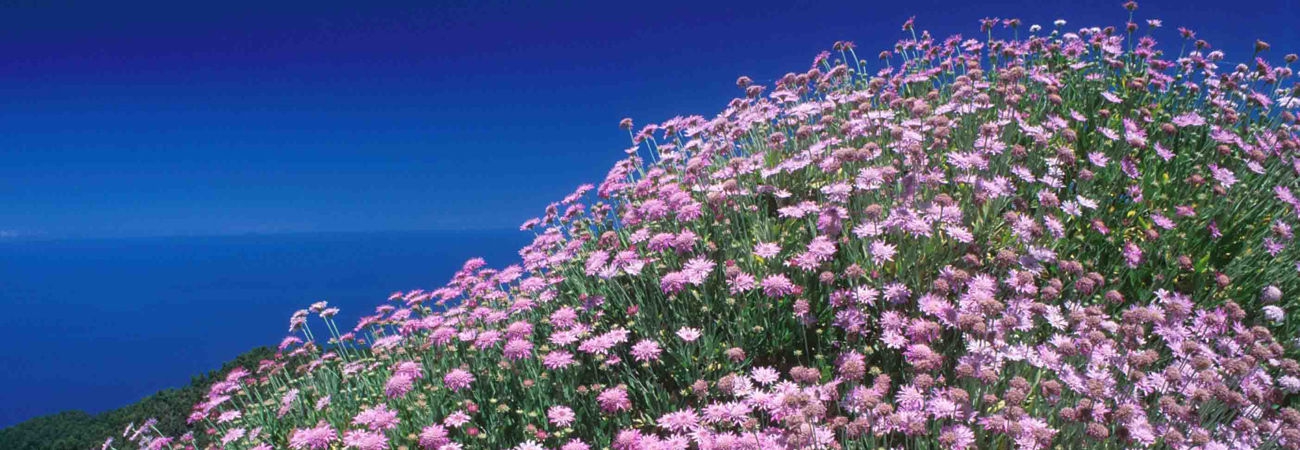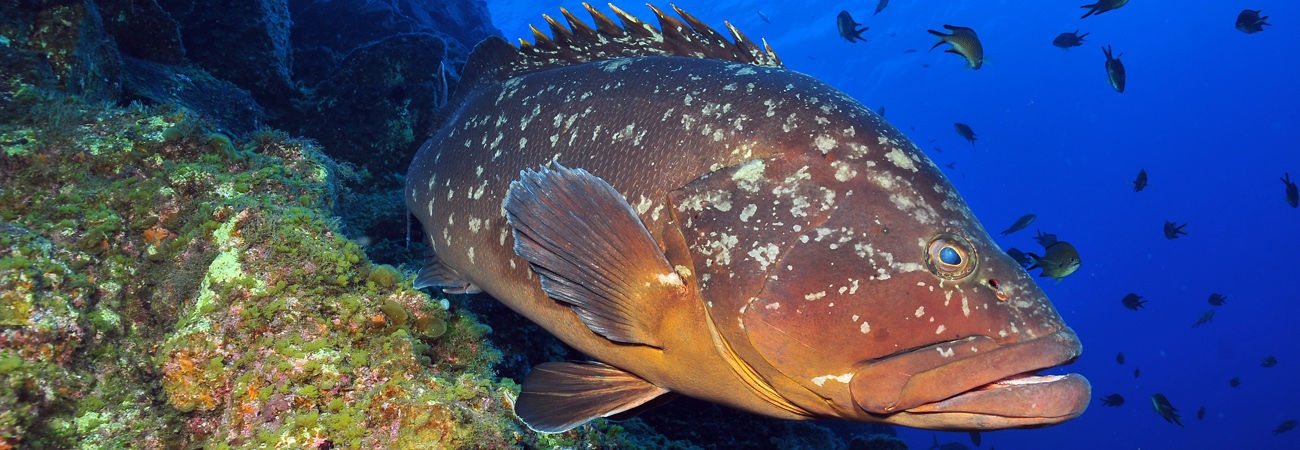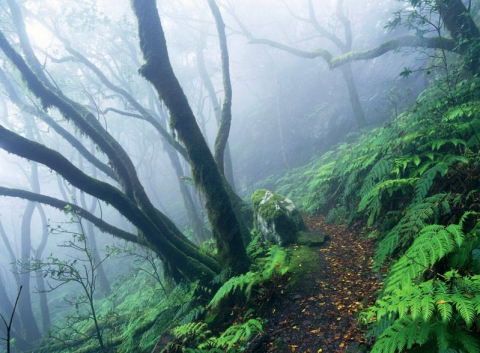Laurel forest / Wax Myrtle - Tree heath
Flora
Laurel forest is a subtropical forest characterised by high levels of humidity and relatively stable temperatures. The laurel forest that survives in Tenerife is the descendant of the ancient tertiary forests of the Mediterranean basin that disappeared millions of years ago. In its purest state, is made up of some twenty different species of trees, with a thick undergrowth of ferns, mosses and other typical plants of dark and shady habitats.
Under the moist, fresh influence of the stratocumulus sheet grows the Laurisilva, a dense and highly biodiverse wood with a large number of endemisms. Its most characteristic species are laurels (Laurus novocanariensis), tree heaths (Erica arborea), fayas (Myrica faya), small-leaved holly (Ilex canariensis), Canary bellflowers (Canarina canariensis), Visnea mocanera, coralberries (Ardisia bahamensis), Picconia excelsa, Apollonia barbujana, stinkwoods (Ocotea foetens) etc. Accompanying the trees is a significant damp undergrowth that includes species such as the forest bindweed (Convolvulus canariensis), sow thistles, Canary Islands fox gloves (Isoplexis canariensis), Canary mint shrubs (Bystropogon canariensis), etc., as well as numerous bryophytes (mosses and lichens).
There are four representatives of the Lauraceae family: The laurel (Laurus novocanariensis), the ebony (Persea indica), greenheart (Ocotea foetens) and the mahogany (Apollonias barbujana). There are also species from other families, such as the Canary Island holly (Ilex canariensis), mocan (Visnea mocanera), Southern olive (Notolaea excelsa), etc.
The wax myrtle - tree heath forest is a form of vegetation that was originally found above the laurel forest, colonising and replacing the laurel forest where it had been degraded.. It consists mainly of wax myrtle (Myrica faya) and tree heath (Erica arborea).
In the more open and sunny areas of the laurel forest, several species of small plants abound. Some of these are interesting for their medicinal properties as well as for there obvious beauty and biological interest, including the Canary bell flower (Canarina canariensis), Canary floxglove (Isoplexis canariensis) and the forest bindweed (Convolvulus canariensis).
Fauna
The laurel forest is the ecosystem with the richest variety of invertebrates and the highest percentage of endemic species. The special conditions of shade and humidity are ideal for the development of worms, molluscs and especially arthropods. Vertebrate fauna includes some species of bats, and many birds, with two important endemic species: the white tailed laurel pigeon (Columba junoniae) and Bolle's laurel pigeon (Columba bolli).










